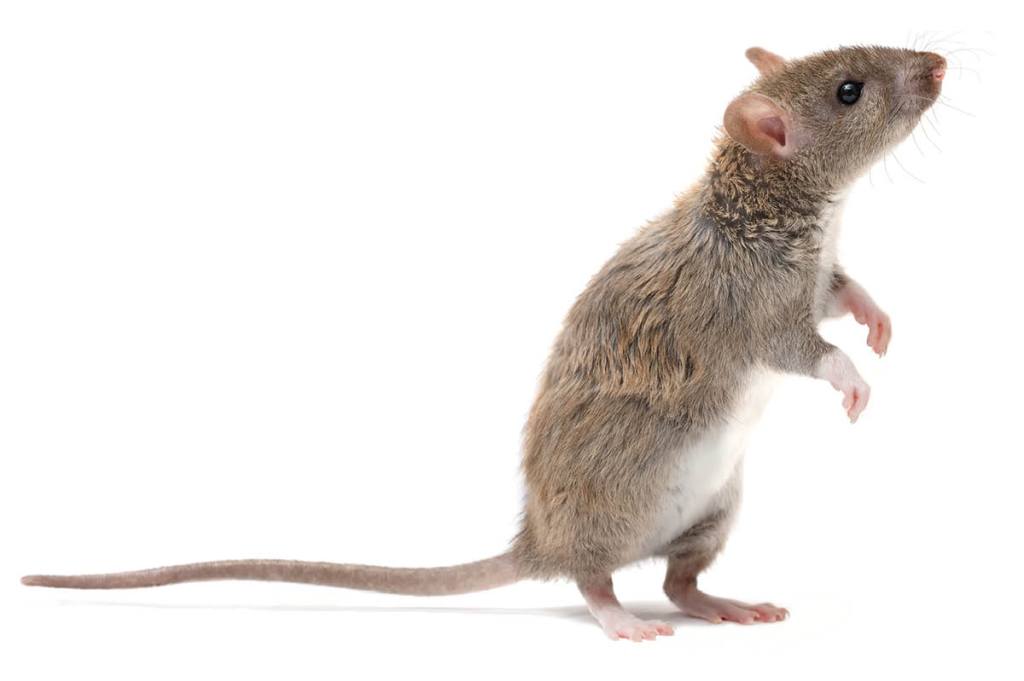In the ranks of unloved animals, rats are surely king — so reviled that other pest species are often referred to as variations on the archetype: pigeons are “rats with wings,” gray squirrels are “tree rats.” There was also a recent flurry of stories about Britain facing an “invasion” of “300 million monstrous super-rats capable of gnawing on steel and chewing through concrete.”
Yet how reliable are these stories? The 300 million figure is from Steven Belmain, a Greenwich University professor, who was simply giving his estimate of the rat population. (Probably an underestimate, he says, but there has never been a proper survey.) Nor is there any evidence that our rats are changing in size or nature. It’s been known for some time that they’re increasingly resistant to poison, but the bigger problem for the pest control industry is that poison may be banned anyway, due to concerns about it spreading into our water and food chains.
Such hysteria is the latest installment in a long history of rat-bashing that owes much to the creature’s ubiquity. The UK’s most common species is the brown rat, Rattus norvegicus, which first came from China, most likely as a stowaway on ships. (The Latin name is a misapprehension — when the species was formally recorded by the eighteenth-century English naturalist John Berkenhout, there were no brown rats in Norway.) Around the time of the Normans it was joined by its smaller cousin, the black or “ship” rat, Rattus rattus, but this is now something of a rarity. Since its migration, the brown rat has flourished, colonizing cities in particular, where it lives in our sewers, under our floorboards and sometimes in our walls.
It is because of this proximity that rats are so hated. But we shouldn’t ignore the vast sacrifices they have made in the history of human flourishing. Rats are one of the most common animal subjects for scientific testing. Most of the world’s lab rats are descendants of a single individual: the “Wistar rat,” a docile albino strain bred at the Wistar Institute in Pennsylvania in 1906. Other, more unfortunate strains include the “spontaneously hypertensive rat” (bred to have high blood pressure), the “BioBreeding rat” (which spontaneously develops Type 1 diabetes) and the “Royal College of Surgeons rat” (which suffers from retinal degeneration).
Rats have also occasionally been used as a food source. Rat pie was a popular dish in Victorian Britain, and a recipe for “grilled rats, Bordeaux style” requires the use of “alcoholic rats, found in wine cellars.” During rationing in World War Two, British biologists developed a recipe for “creamed lab rat.” What it tasted like goes unrecorded.
Despite their utility, rats have always been reviled. The myths surrounding them are alarming, but often unfounded. Recent studies have shown it was humans rather than rats — or even their fleas — who were the principal vectors of the Black Death. Though they carry some unpleasant diseases (Weil’s, in particular), so do many other wild animals.
We don’t really hate rats because they are vermin, or carry disease or damage property. We hate them because they remind us too much of ourselves.
This article was originally published in The Spectator’s July 2023 World edition.

















